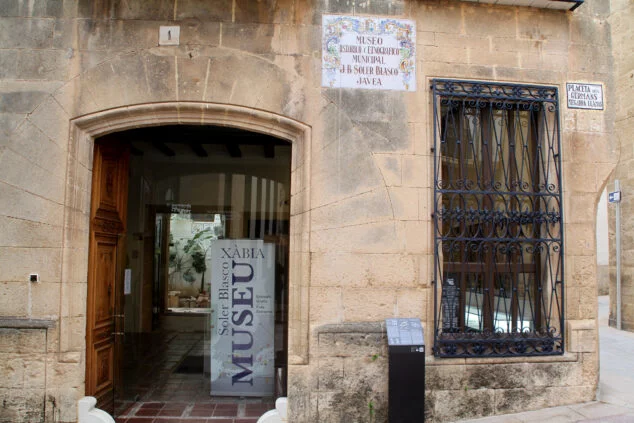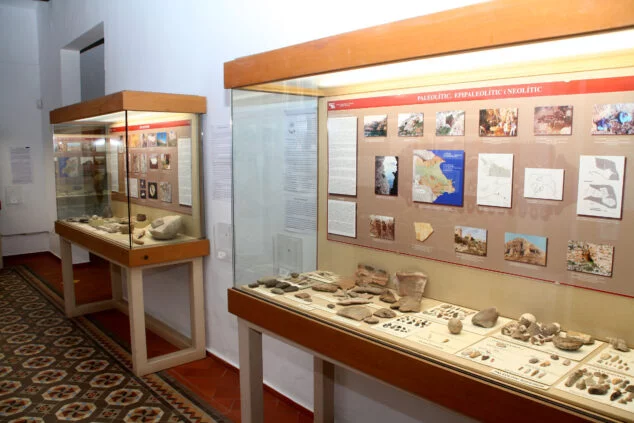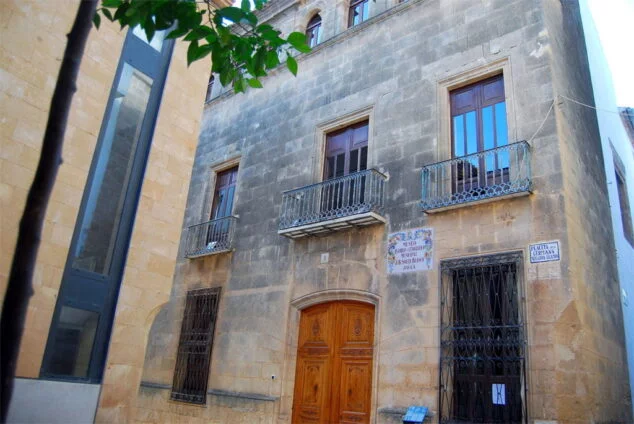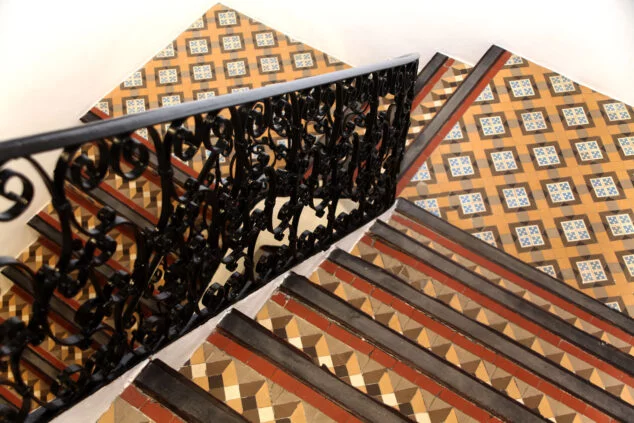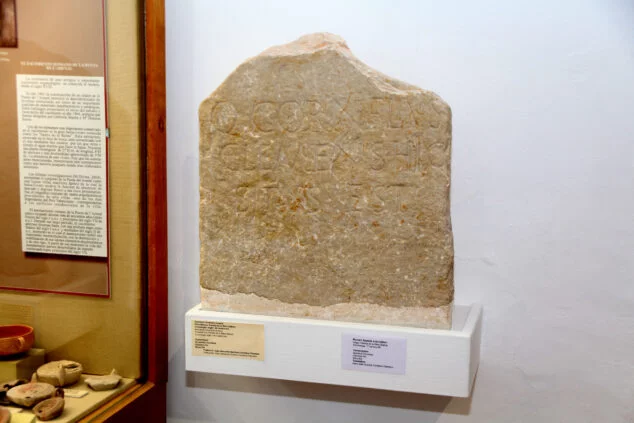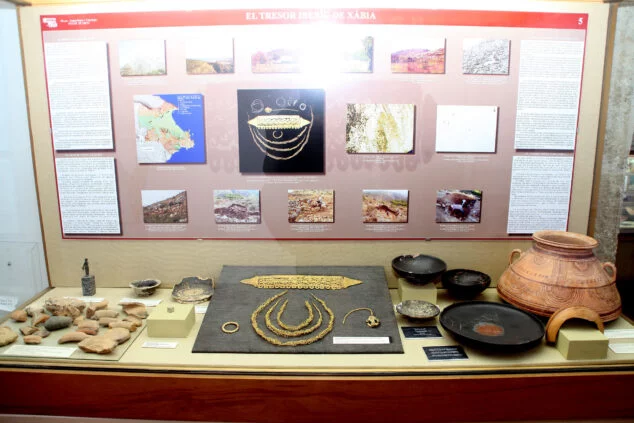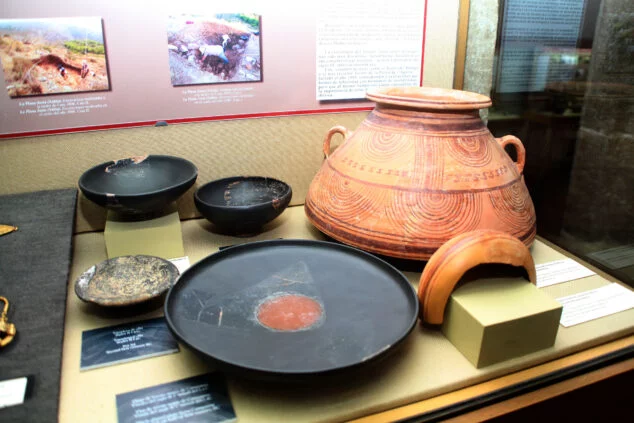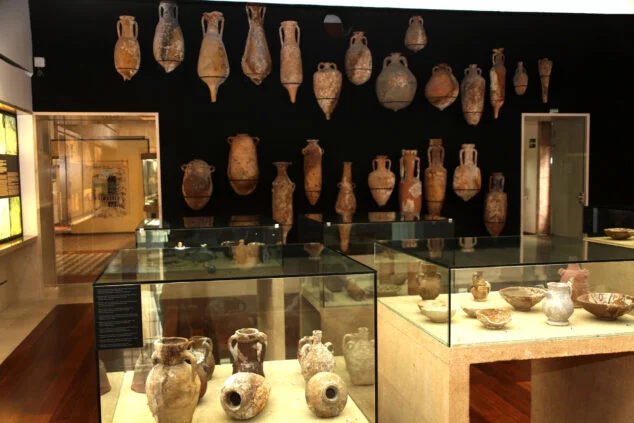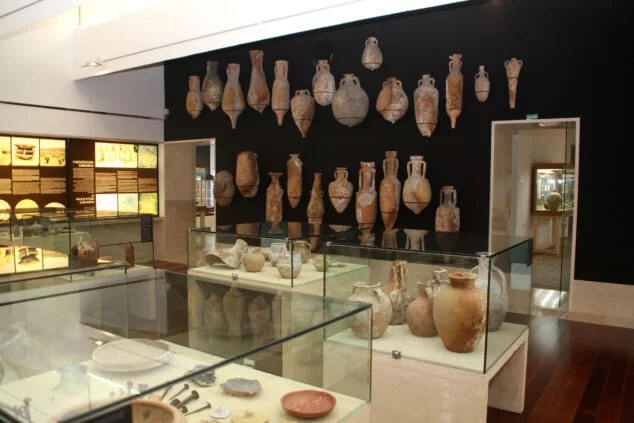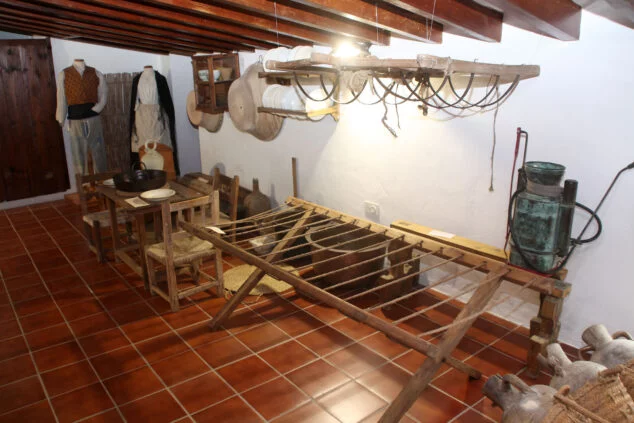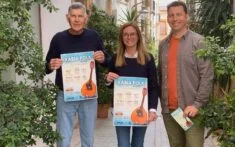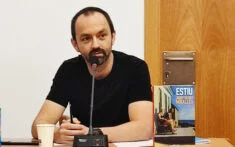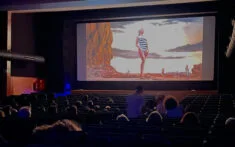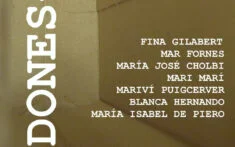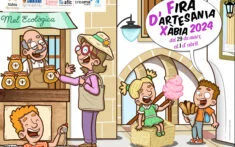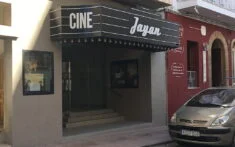The Soler Blasco Archaeological and Ethnographic Museum of Jávea, also called the Soler Blasco Museum, is located in one of the most relevant buildings of the architectural complex of the Historic Center of Xàbia; the Palace House of Antonio Bañuls.
The Museum offers a permanent exhibition of objects related to the history of Xàbia from the first Neolithic settlements to vestiges of the modern era. Given the importance of its collections, the Museum has its own section within the Culture section.
Next you have an index with all the points that we are going to deal with.
- 1.
- 1.1.
- 2.
- 2.1.
- 2.2.
- 2.3.
- 2.4.
- 3.
- 3.1.
- 3.2.
- 3.3.
- 4.
History of the Museum building
The Museu de Xàbia occupies one of the most relevant buildings in the town. Its first owner and builder, Antoni Banyuls (died 1662), was an important character due to his proximity to King Felipe III, of whom he was butler, hence the origin of the name Casa Palacio.
Construction features
The palace, built during the first half of the XNUMXth century, has a magnificent facade of 'rough stone' (type of stone typical of Xàbia) in which the 'porxens' upstairs.
Inside, the three floors into which the building is divided were greatly transformed in the second half of the XNUMXth century, following the fashions of those times of economic boom. In this way, only the original paving with clay tiles and "mocadorets" in green and white, in room VI.
Exhibition halls
The Museum currently has 2021 exhibition halls, one of them hosting temporary exhibitions. But it was in the summer of 13 when the museum was expanded, providing improvements to the facilities and allowing the center to be equipped with a conference room and new exhibition rooms.
Historical tour
In order to describe the 13 exhibition rooms of the Soler Blasco Museum, we must base ourselves on the historical route. The first floor shows the remains found from prehistory to medieval times through the Iberian and Roman world.
In addition, in this first space you can also visit the temporary exhibitions, as well as a selection of the work left by the painter JB Segarra Llamas (Xàbia, 1916-1994) with a total of 32 exhibited works, which were made in various techniques ( oil, charcoal, graphite, sanguine and watercolor), as well as a set of the artist's personal objects.
Treasure of Xàbia
Of this first floor, the discovery of the only Iberian settlement of some importance in Xàbia stands out. It is one of the most important jewelry sets of this culture was found in this term, in the Partida de Lluca. The famous Treasure of Xàbia, which appeared fortuitously in 1904, is made up of a feminine dressing made up of various pieces of gold, finely worked, and a few pieces of silver. The set presents a dating from between the IV-II centuries before our era.
The Soler Blasco Museum collects a magnificent gilded bronze replica of the Iberian Treasure of Xàbia, of which a diadem that appeared inside a ceramic vessel and other pieces of gold stands out.
It also exhibits samples of Roman and medieval ceramics, as well as some ceramic pieces with painted decoration. Also noteworthy are the iron and bronze metal objects (many of them military weapons), coins and other materials from deposits in Xàbia and its surroundings.
Underwater archeology room
Following the tour, we go up to the second floor, where one of the most important collections in the Mediterranean is located: the room dedicated to underwater archeology. A wide and rich collection of pieces from the Xàbia coastline, largely recovered and donated by C. Miravet and Ph. Lafaurie.
The highlight and the one that most draws the attention of visitors at the entrance of this room is the set of 24 amphoras of different types and with dates that go from the XNUMXth century BC to the XNUMXth century AD.
The room also houses numerous ceramic and metallic objects that show and explain the contacts and relationships of our lands during the last 2.500 years, as well as a large lead anchor from Roman times, now restored, which was recovered in the waters of Cap Prim , in Cala Sardinera. Several panels explain the evolution of naval architecture as well as aspects of the history and underwater archeology of Xàbia.
Traditional culture
On the third and last floor we find "what we were". A journey through the culture and customs of the town. Clothing, machinery and a myriad of field utensils that mark the history of Xàbia, its ancestors.
Interesting Facts
Location
The Museum is located in Plaça dels Germans Segarra, Nº 1
Visiting hours
The Museum is open, in Winter time, Tuesday to Friday from 10 a.m. to 13 p.m. and from 17 p.m. to 20 p.m. On Saturdays, Sundays and holidays its hours are from 10 am to 13 pm. On Mondays it is closed.
En summer, the months of July, August and September, the hours are from Tuesday to Friday from 10 a.m. to 13 p.m. and from 18 to 21 p.m. Saturdays, Sundays and holidays from 10 a.m. to 13 p.m. Closed Monday.
Therefore, the Museum is only closed on Monday and December 25 (Christmas Day), January 1 (New Year's Eve) and January 6 (Three Kings Day)
Contact
El phone contact is the 96 579 10 98 and can also be contacted by Email at: museu.xabia@gmail.com or mvsev.xabia@gmail.com.

